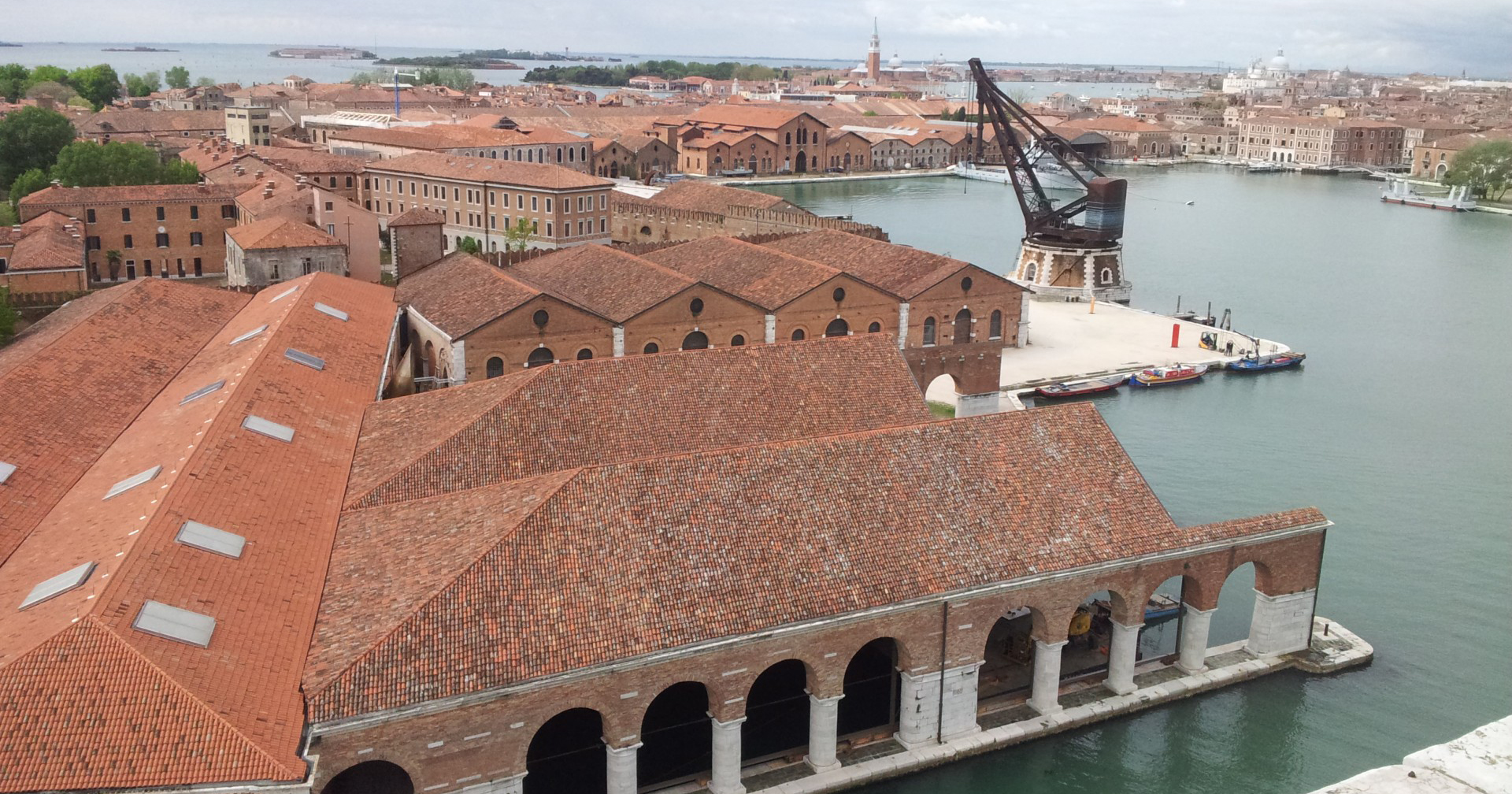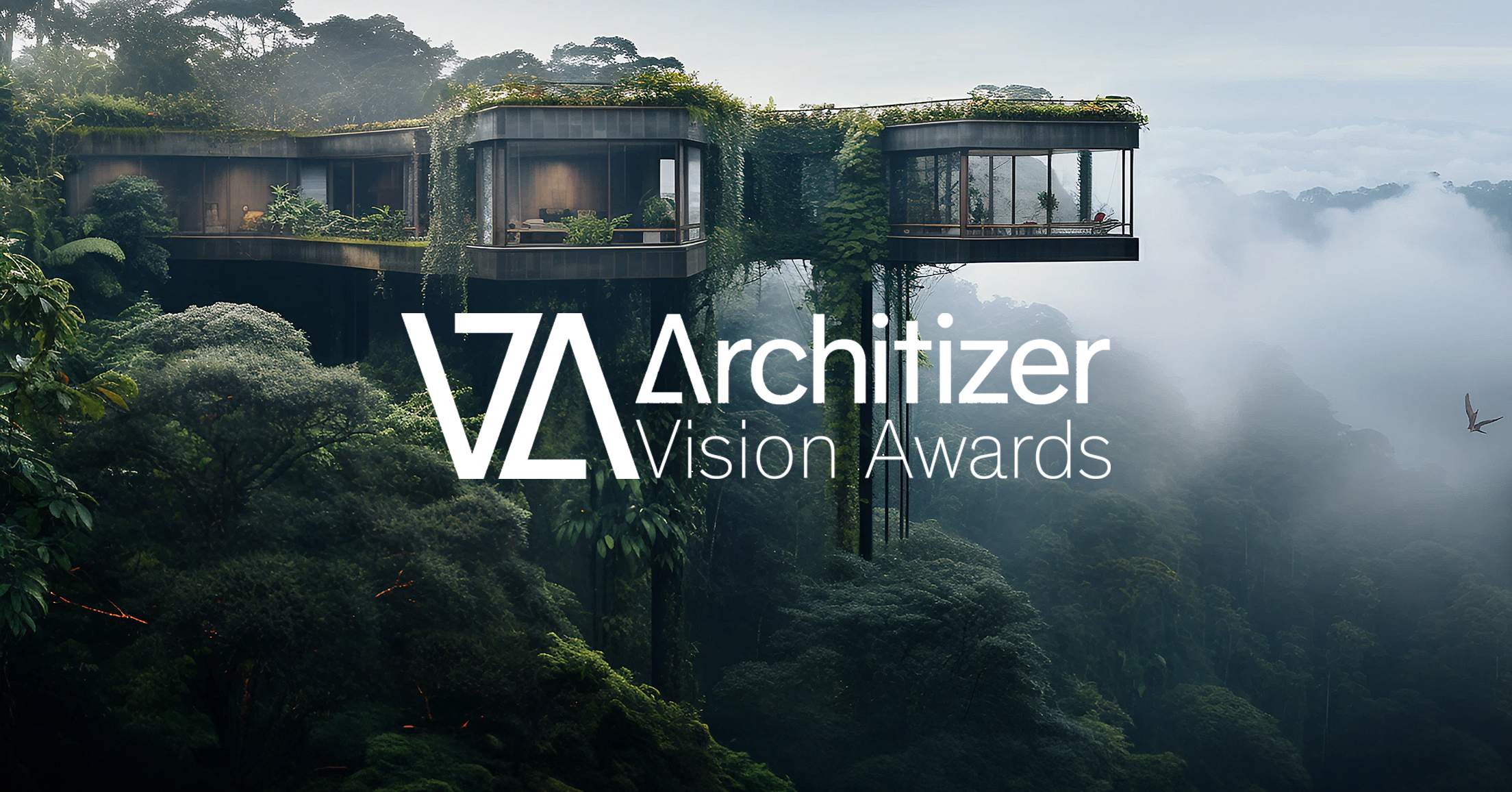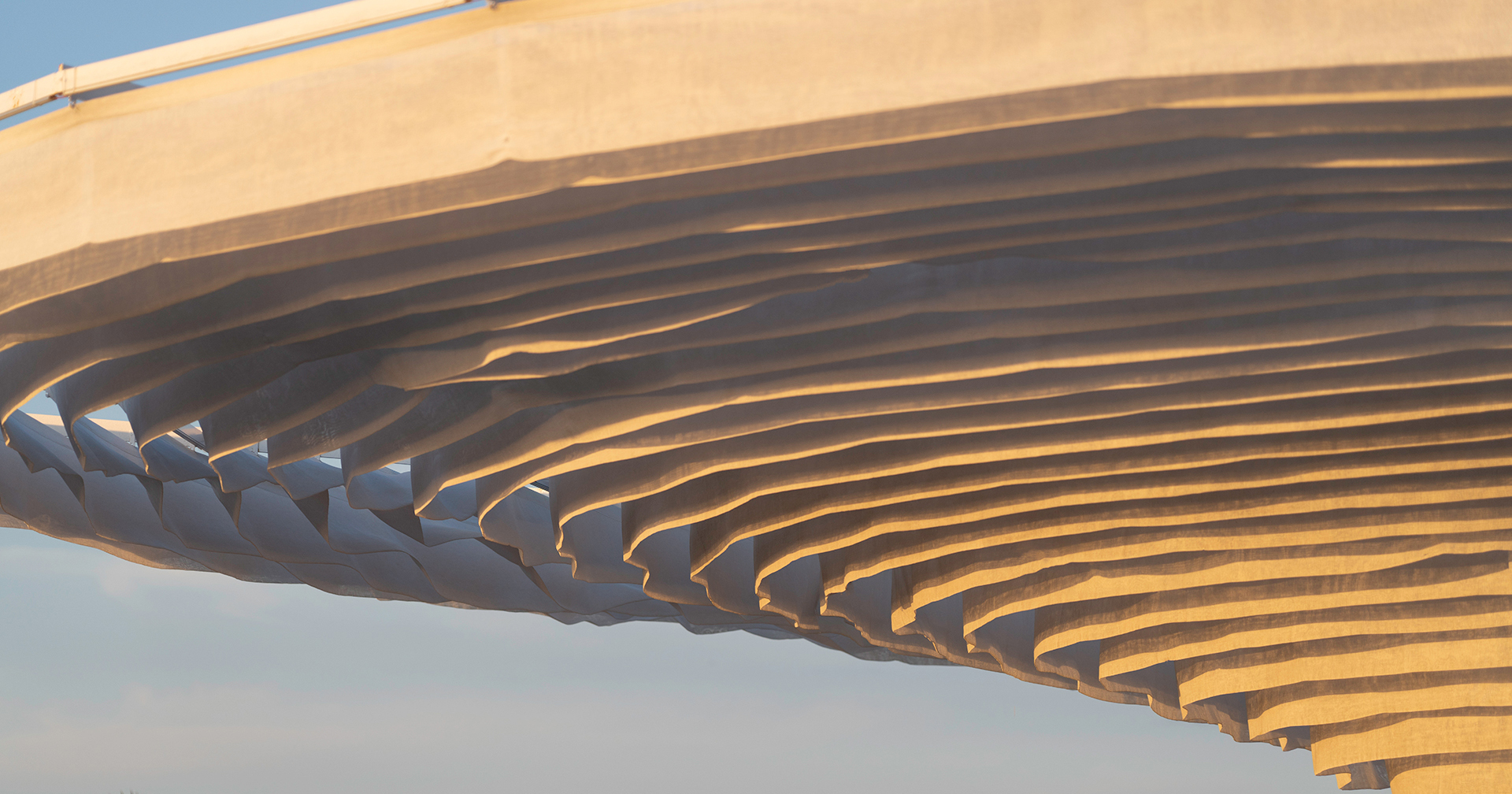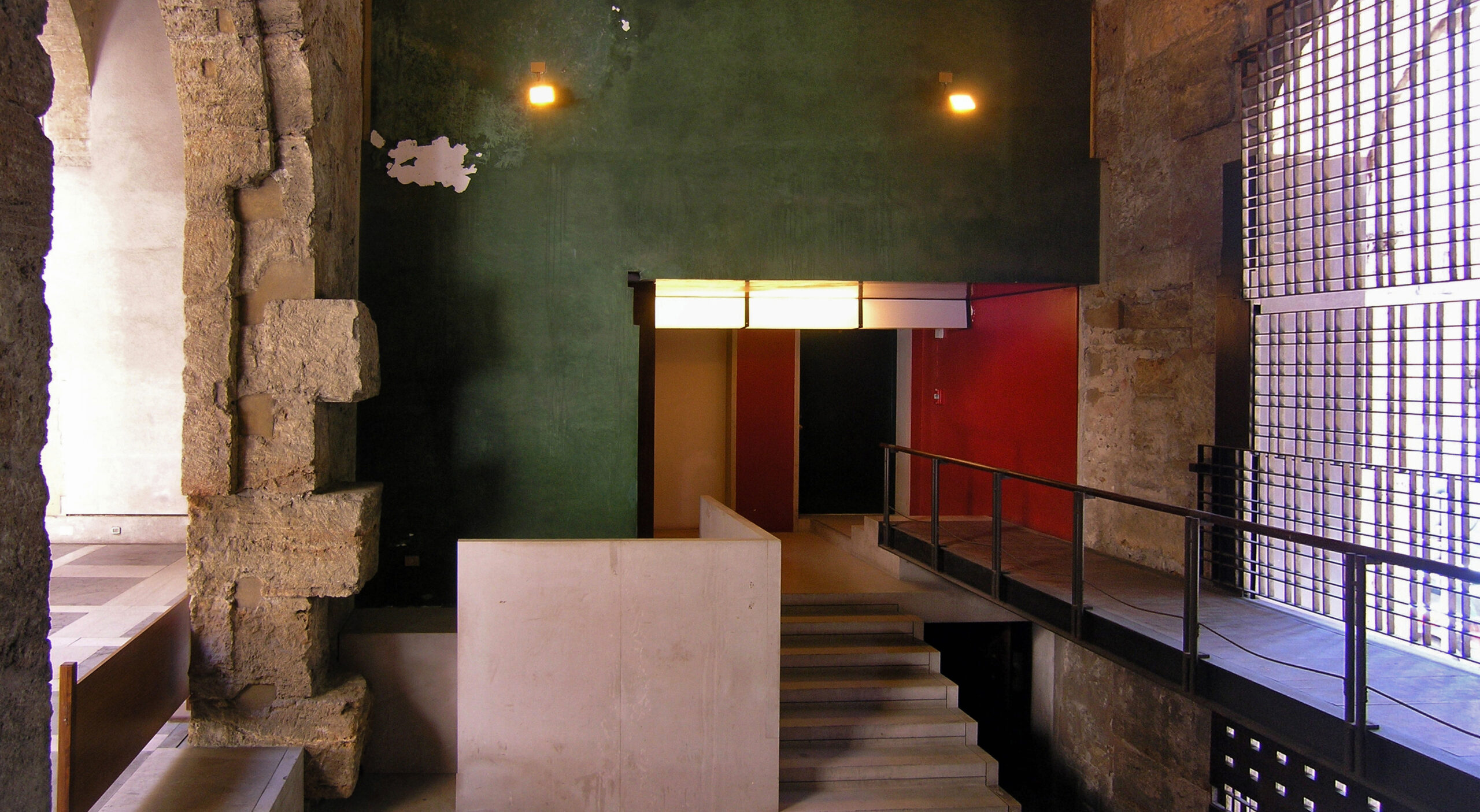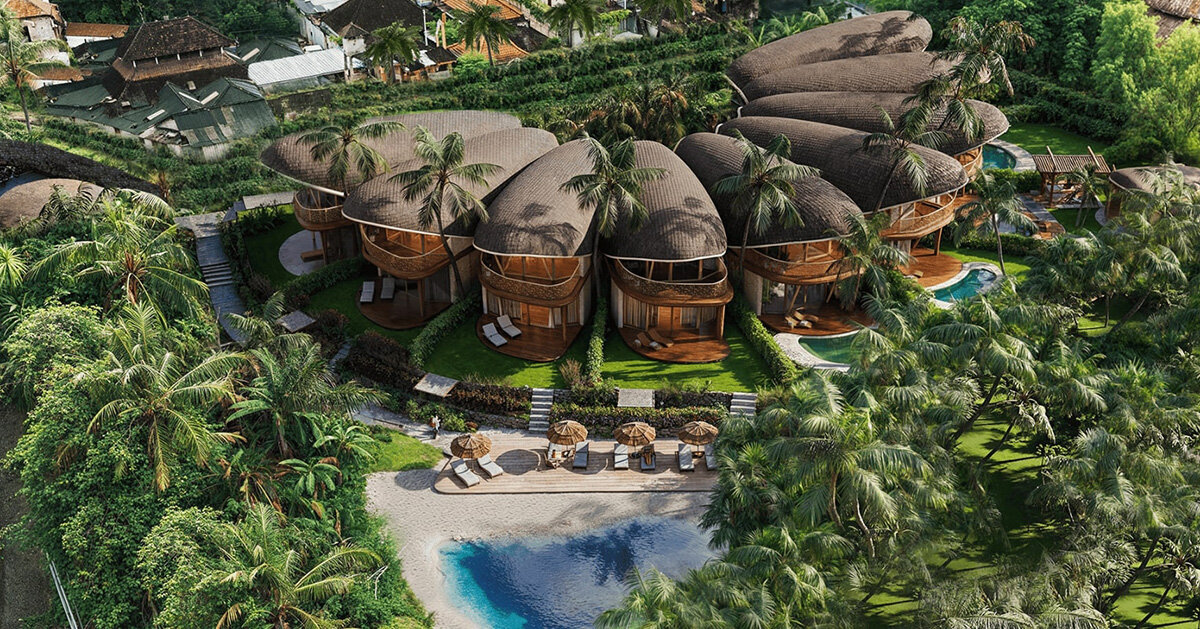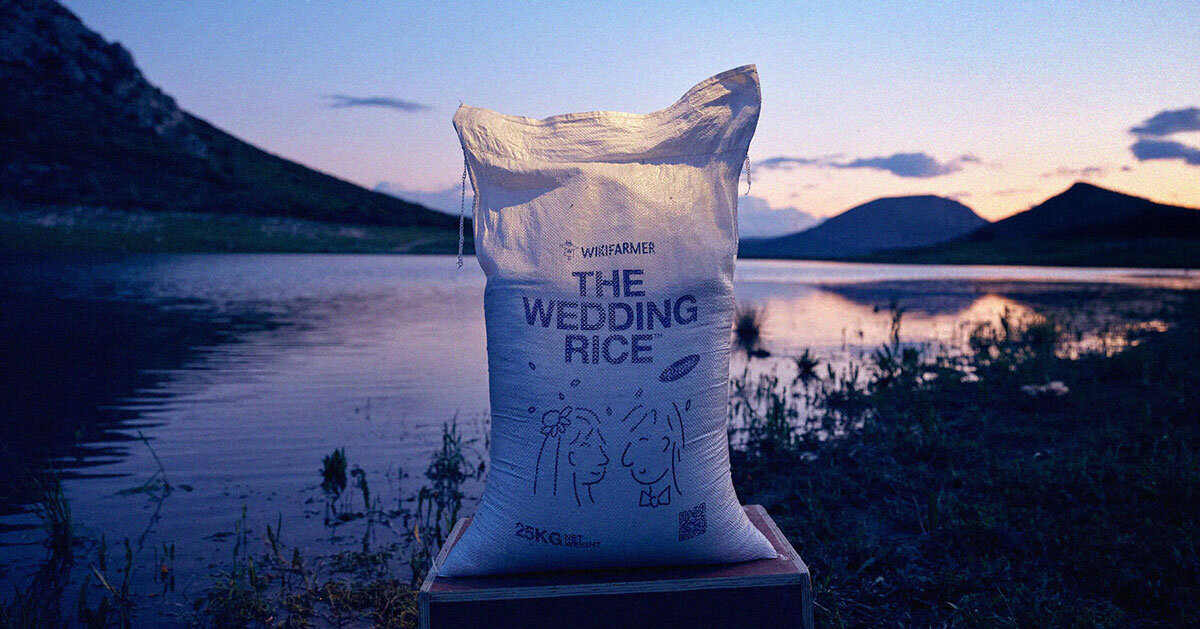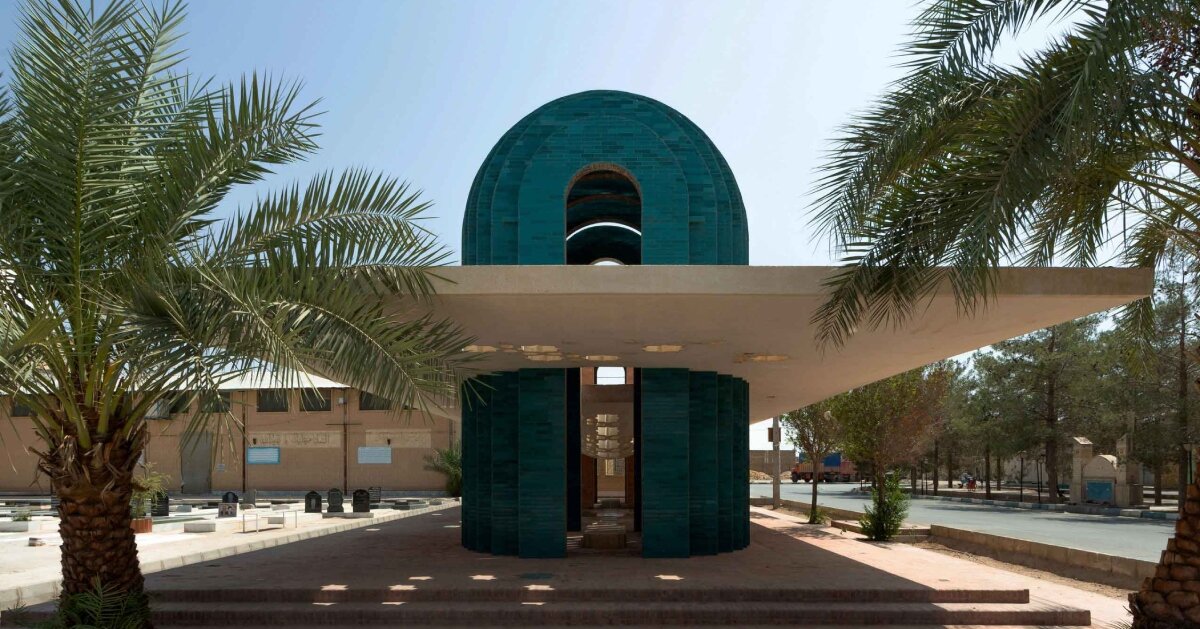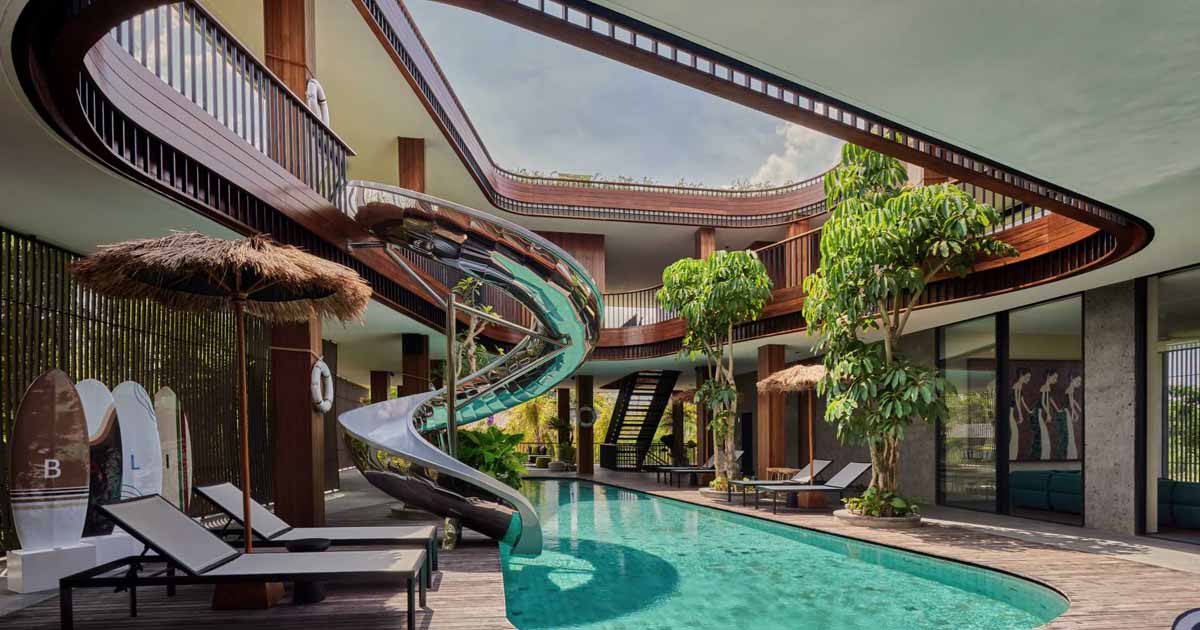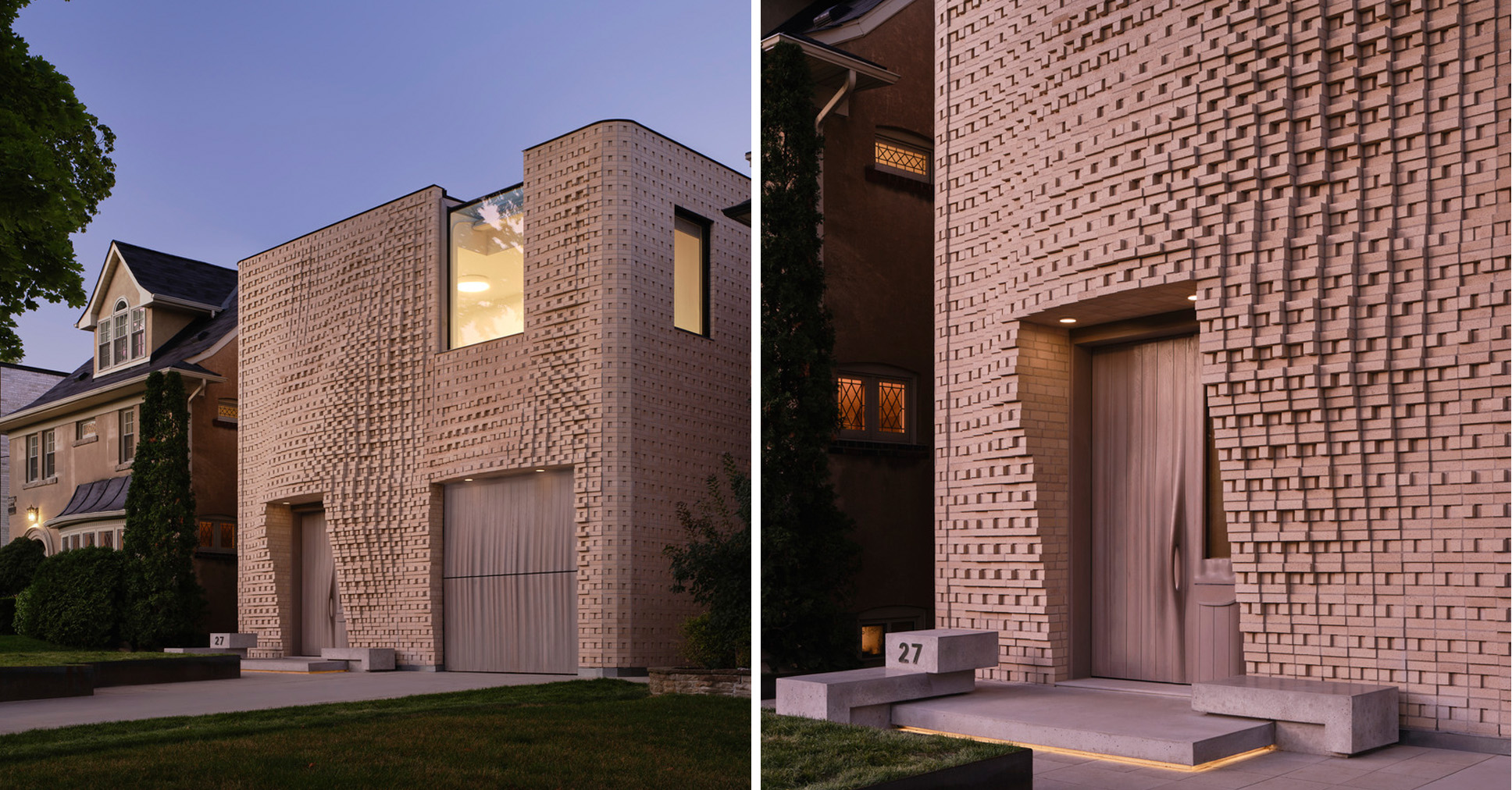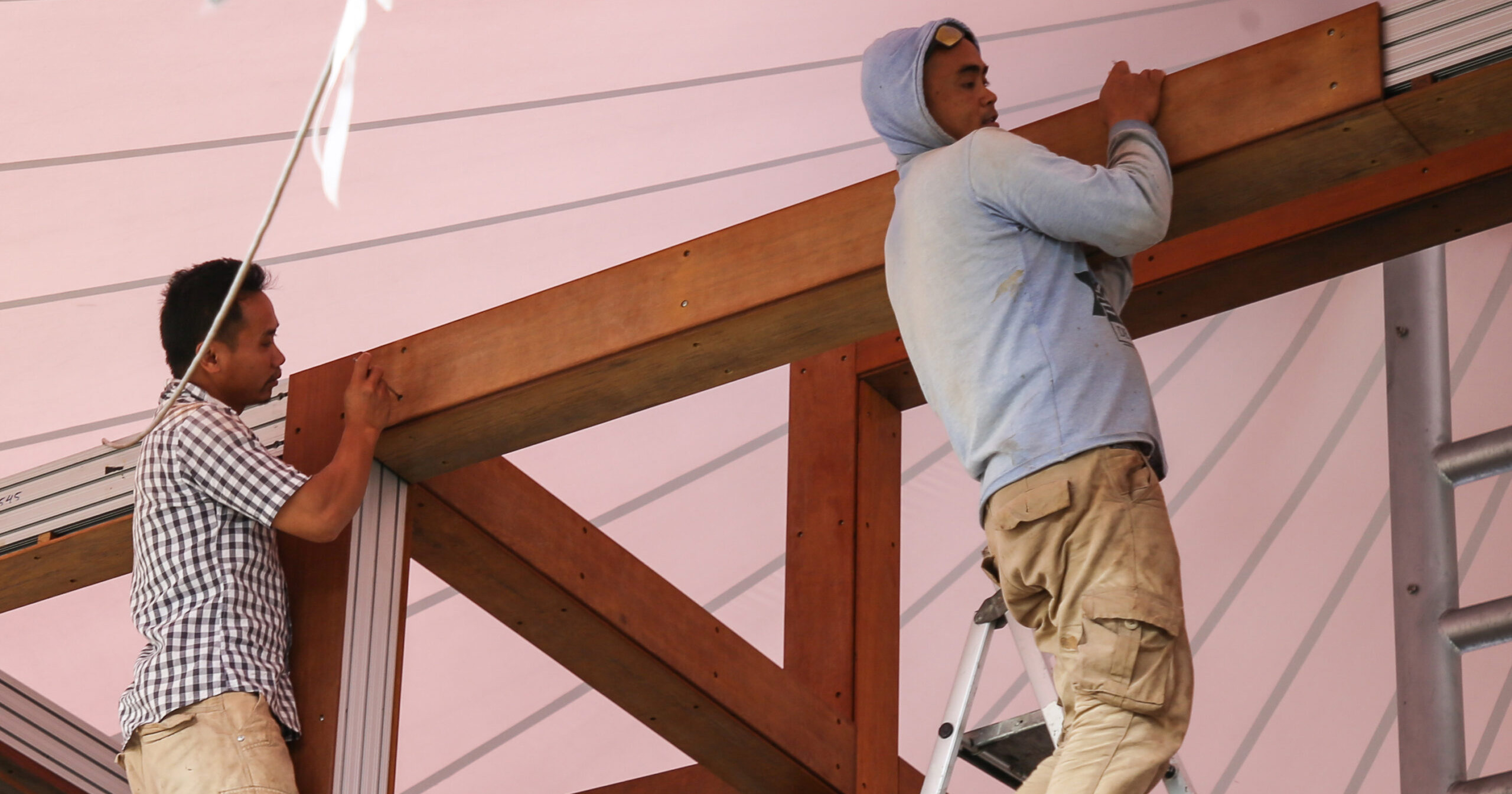Rethinking Urban Futures: Planning the Path to Decarbonization and Sustainable Cities
Architecture 2030's Vincent Martinez sits down with Ghaith Tibi, an urban planner and sustainable development expert in the Middle East. The post Rethinking Urban Futures: Planning the Path to Decarbonization and Sustainable Cities appeared first on Journal.

This interview was conducted by Vincent Martinez, Architecture 2030 President and COO. Architecture 2030’s mission is to rapidly transform the built environment from a major emitter of greenhouse gases to a central source of solutions to the climate crisis. For 20 years, the nonprofit has provided leadership and designed actions toward this shift and a healthy future for all.
Ghaith Tibi is an urban planner and sustainable development advisor with extensive experience in city planning and sustainability advisory projects in the Middle East. He was a featured speaker for Architecture 2030’s Official UNFCCC side event titled “Planning, Design, and Development in the Global South: The “How to” for People & Planet” at COP27 in Sharm El-Sheikh, Egypt.
Ghaith and I had some time to sit down and chat at COP28 in Dubai about urban planning and decarbonization, including key principles for planning sustainable new cities. The following Q&A builds on some of that discussion and highlights new ways we think about the social and environmental implications of urban planning.
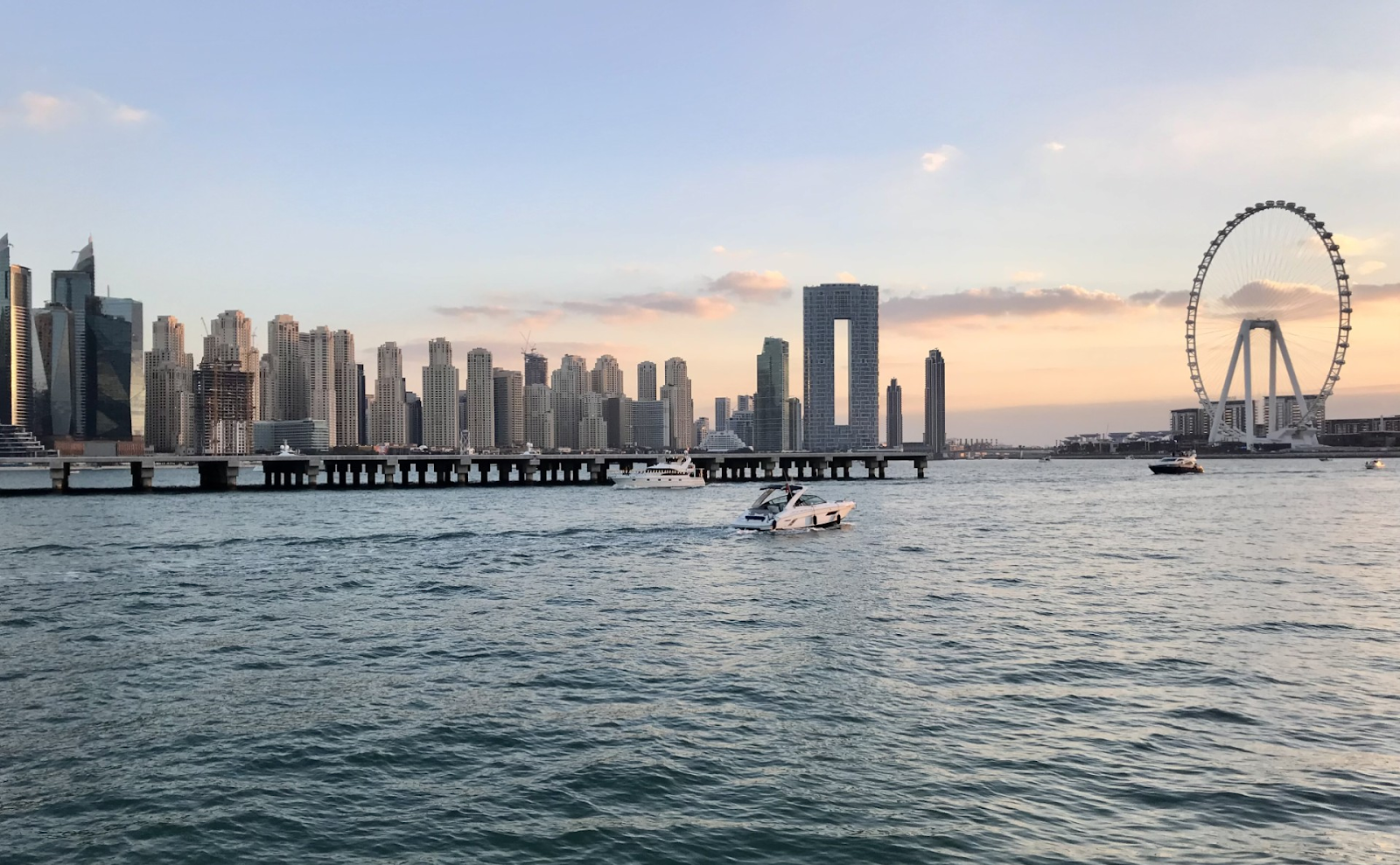
Dubai’s Jumeirah Beach Residence Skyline | Photo by Ghaith Tibi
Vincent Martinez: The global building stock is projected to double the current floorspace, adding approximately 2.4 trillion square feet (241 billion square meters) during the coming four decades. To support these buildings and their inhabitants, it has been estimated, by then-UN Secretary General Antonio Guterres of the UN Environment Program, that three-quarters of the infrastructure that will exist in 2050 has yet to be built. During your presentation at COP27 you highlighted key principles for planning sustainable new cities. Can you briefly describe what those are and why they are so important?
Ghaith Tibi: Yes, sure. The principles are organized in the form of five questions and in the order of priority actions. The first question is whether we should build at all. This question really is trying to provoke the notion that we should look into the existing building stocks and explore how we could maximize their utility, which could involve changing their current use, modifying them and maybe adding some extensions to them, before exploring building new construction.
The second question is how much do we need to build? The second question is about pushing ourselves to think carefully about how much more we should build, how much we really need, and that principle is about making sure that we are not building much more than we need and therefore ending up with waste… waste of all sorts of resources, including financial resources.
The third question is where to build? This is really another very important point to consider, and the reason it is a very important point is because where we build dictates how many resources we’re going to need to build there and also equally if not more importantly how many more resources we’ll need to operate, maintain and sustain to keep that place up and running. For example, building close to an existing infrastructure network means you’re going to need minimal intervention to extend the existing network, whereas building somewhere in the middle of nowhere means you’re going to need to ship construction materials out there to the middle of nowhere to be able to build that place and you’re going to have to invest a lot of resources and build from scratch every single supporting infrastructure system. Of course another aspect of this question has to do with risks associated with where we’re building, such as climate-related issues.
Then, the fourth question: What form should be built. Are we going to go horizontal or vertical? Are we going to go somewhere in between? Are we going to have massive highways or small scale streets that are walkable and human-friendly? What form are we going to use? This question is critical because, again, what form we use dictates what kind of place we’ll create and what resources we’re going to need to build and maintain and operate that place. What kind of investments are going to be needed to keep the place going. Most importantly, what kind of form will attract people to stay in this place and therefore utilize it as opposed to a form that isn’t inviting for people, one that people use for very limited time in a day and then gets abandoned for the rest of the day, the season or the year. We need to think carefully about what form we’re using in the creation of those new places to make sure that those places are thriving as much as possible for as long as possible during a day, a season, the year and over the decades.
Finally, the fifth question is about how we’re building that form. How can we build new places as efficiently as possible? How can we use past design strategies that are appropriate for the locations and environments we’re designing for to minimize use of resources and optimize the performance of what we’re building for people?
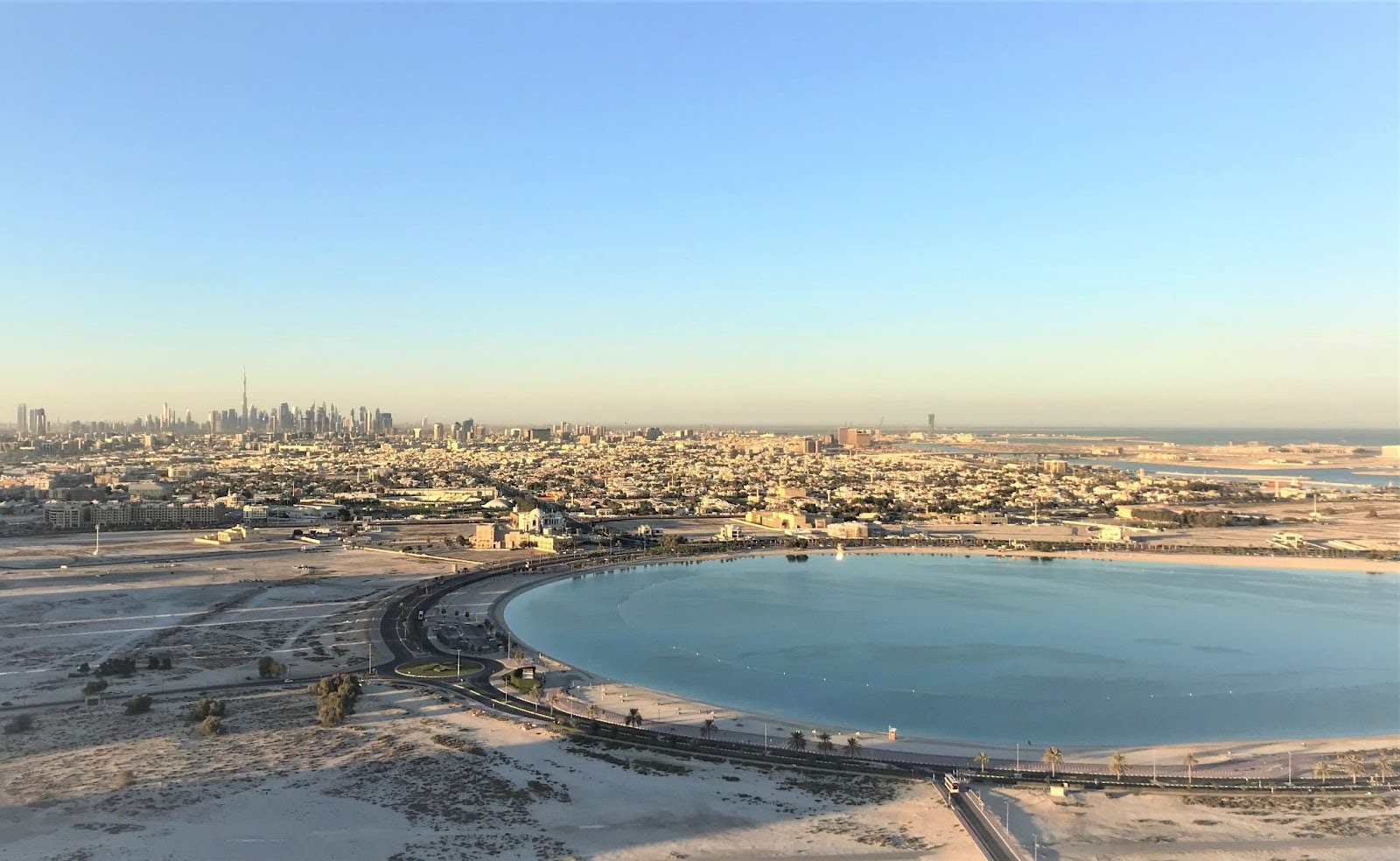
Dubai skyline (background) and Al Mamzar Area, Dubai (foreground) | Photo by Ghaith Tibi.
VM: I want to explore your first two principles, which question the need to build new and if we do, asking how much we need to build. These principles are elements of what is being called sufficiency — avoiding demand for energy, land, water and materials while delivering well-being for all — which according to the IPCC has the potential to reduce global building sector emissions by 17% by 2050. These principles also demonstrate the power of design to meet the projected global need, and doing so with less. Can you share some examples in your work where you’ve been able to meet the project/client’s needs while utilizing what was already available, or showed them they could get what they needed with less than what they anticipated?
GT: Sure, let me start by saying that beyond giving specific project examples, every building retrofit, neighborhood revitalization and urban regeneration project is really a form of applying the first two principles. These types of projects leverage existing resources and upcycle them, instead of using new resources, to create better places for people. I can share a couple of examples that are from my personal experiences working on different scales of urban planning projects in the Middle East.
The first project was a Strategic Urban Plan for one of the emirates in the UAE. The plan had to provide land provisions for local citizens’ housing. The initial approach for providing this housing typology was to allocate greenfield areas that can accommodate the projected demand for citizens housing up to 2040. However, applying the first two principles allowed us to reduce the need for new land by proposing the redevelopment of old and under-utilized housing areas that citizens didn’t use anymore due to their conditions. This also meant that most of the existing infrastructure (utilities and transport) corridors and networks will be utilized with limited need for new elements.
The second example was for a planned development in Dubai surrounded by extensive transportation and utility infrastructure. Through a considered approach to the design of the masterplan, and specifically having the second principle in mind, we managed to reduce the number of new infrastructure elements needed for several systems such as power and transport, including the number of power substations and roads, which are all carbon-intensive elements.

Dubai Media City (foreground) and Dubai Marina (background) are among the areas that have compact mixed use urban fabric | Photo by Ghaith Tibi
VM: Over the past few years I’ve had conversations with urban planners and researchers as I try to understand the climate mitigation opportunities of planning. I’ve explored ideas around ideal densities for embodied carbon reductions; the critical importance of mixed use development to reduce transportation emissions; and even unconsidered implications of planning bylaws allowing for higher embodied carbon building design. You have brought another lens to this discussion, highlighting the importance of social and economic factors in realizing the carbon reduction potential of these planning strategies. Can you explain how planning for mixed-income communities supports carbon mitigation goals?
GT: Indeed, this is very important from my perspective. Not only because it has an impact on the environmental sustainability of our cities, but because it also contributes to the broader and more holistic approach to sustainable development, which includes, in addition to the environmental aspects, the social and economic aspects.
Creating mixed-use and mixed-income developments (through providing affordable housing options with a range of types and densities, for example) within our cities supports our carbon mitigation goals in many ways. It allows us to reduce urban sprawl and create a more compact urban form, which leads to reduced use of many resources, including land and carbon-intensive utilities and transport infrastructures. This will result in fewer carbon emissions, as more people will be able to live and work within the same areas, commuting for significantly shorter distances between their workplaces and homes. They will also be able to share the same community facilities and amenities with others, such as community centers, green spaces, and recreational facilities. This sharing reduces the need for redundant resources and infrastructure, thereby lowering the overall environmental impact, including embodied and operational carbon emissions.
Top image: Dubai skyline by Ghaith Tibi
The jury and the public have had their say — feast your eyes on the winners of Architizer's 12th Annual A+Awards. Subscribe to our Awards Newsletter to receive future program updates.
The post Rethinking Urban Futures: Planning the Path to Decarbonization and Sustainable Cities appeared first on Journal.
What's Your Reaction?



























